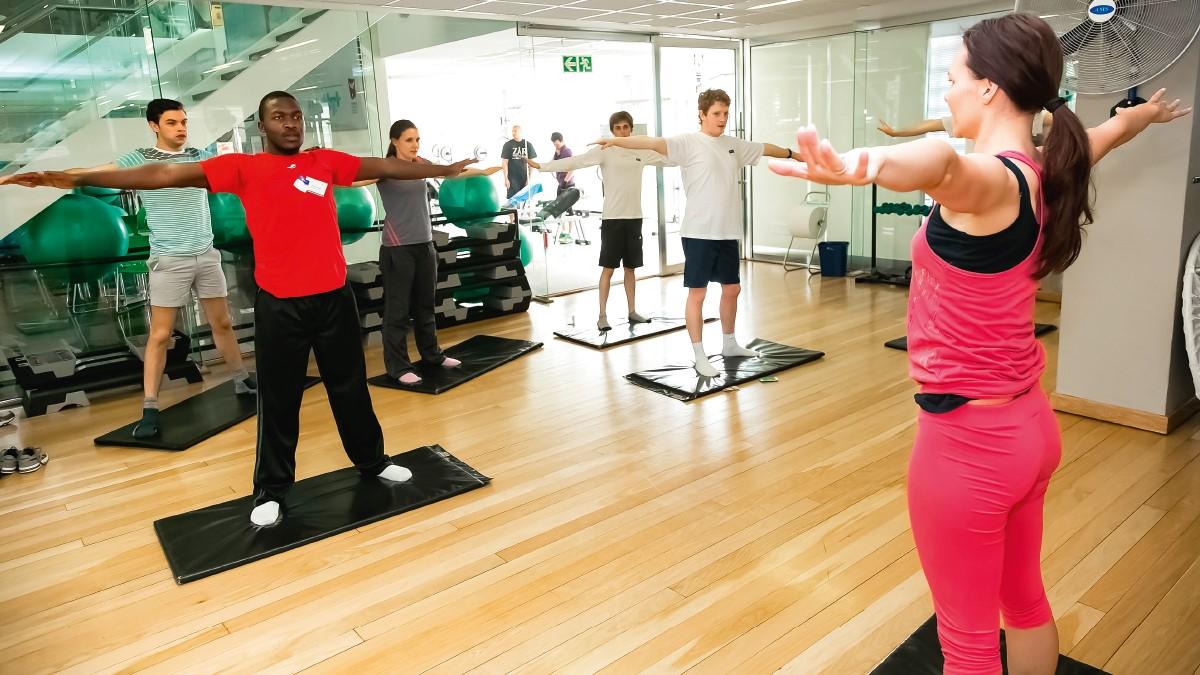Each month, the CSP’s professional advisers share advice and guidance on a topical matter

CSP member Deborah Thomas, who provides Pilates classes as a physiotherapist, contacted us encouraging us to publish some more detailed advice following a column in Frontline last year. Here, she shares some of the practical ways she ensures she is working within the HCPC’s standards as a physiotherapist.
How do you make sure it is safe for clients to participate in your Pilates classes?
My classes are advertised as ‘physio-led’. I inform people from the ‘get go’ of my approach. I undertake an initial triage call. This is my initial risk assessment and I use this time to describe the nature of the classes and particularly explain approaches to cueing and correction that might involve touch and use a health-screening questionnaire with inclusion and exclusion criteria.
Sometimes I’ll decide to see someone one-to-one first. Essential information is emailed to all new starters. This includes the stipulation that participants must be on time to complete a warm up. I start and end my sessions by checking in with the class, ensuring that everyone is well enough to participate and that everyone is okay at the end. I make it clear that participants should speak to me individually with new concerns, especially pain.
I undertake a repeat health screen annually for all clients. If anything new comes up, I follow up with a one-to-one phone call or session.
What about record keeping?
I keep a class register, which includes personal details and a column to note anything that happened during the class. Others keep an incident book, which I think is a good idea.
I have a number of class plans and I note on the register the plan followed. Correcting and cueing individuals during the class is my standard approach and all participants are aware of this.
If there is an incident during a class, I make an individual record, I always follow this up with an email to the client, and keep a record of the contact and any reply.
I bring all necessary records and documentation with me to classes and at other times, everything is locked in a filing cabinet.
Any other tips?
Have a GDPR form with a privacy notice and ensure participants are clear that you have a duty to act on any health and well-being issues that they disclose and you are concerned about. Personally, I do not allow participation if someone is taking antibiotics.
What does the HCPC say?
It is difficult to advise members exactly what to do as every member’s situation is different. Ultimately, it is the role of the HCPC to investigate when it receives complaints about registrants’ practice. In a recent blog, the HCPC explain they are keen that the standards work as a ‘toolbox’ for registrants. Like the CSP, they recognise practice is ‘broad and unpredictable’ and there many ways registrants can demonstrate that they meet the standards.
Maintaining confidentiality is really important. If I need to do focussed work with a client, it is never in the class – I do this in a private one-to-one session. I also make it clear that participants must inform me of any changes in medication or new health problems. I follow these up in confidence and review their suitability to participate in the class if necessary.
Keep an emergency contact. I have only had to call an ambulance twice in 15 years, but it can happen!
Remember your inclusion and exclusion criteria: these will help you decide if a client is no longer suitable to stay in a class environment and focus on what’s safe for them.
Essentially you must think how you can provide evidence of something that happened in your class and how you dealt with it, whether it was a week, a month or a year ago.
Join the conversation
Look out for an iCSP profession-wide discussion on this issue. Please join in and share your own top tips with other members.
CSP's Professional advice team
The CSP’s Professional Advice Service gives advice and support to members on complex and specialist enquiries about physiotherapy practice, including professional practice issues, standards, values and behaviours, international working, service design and commissioning,
and policy in practice.
Number of subscribers: 7




































